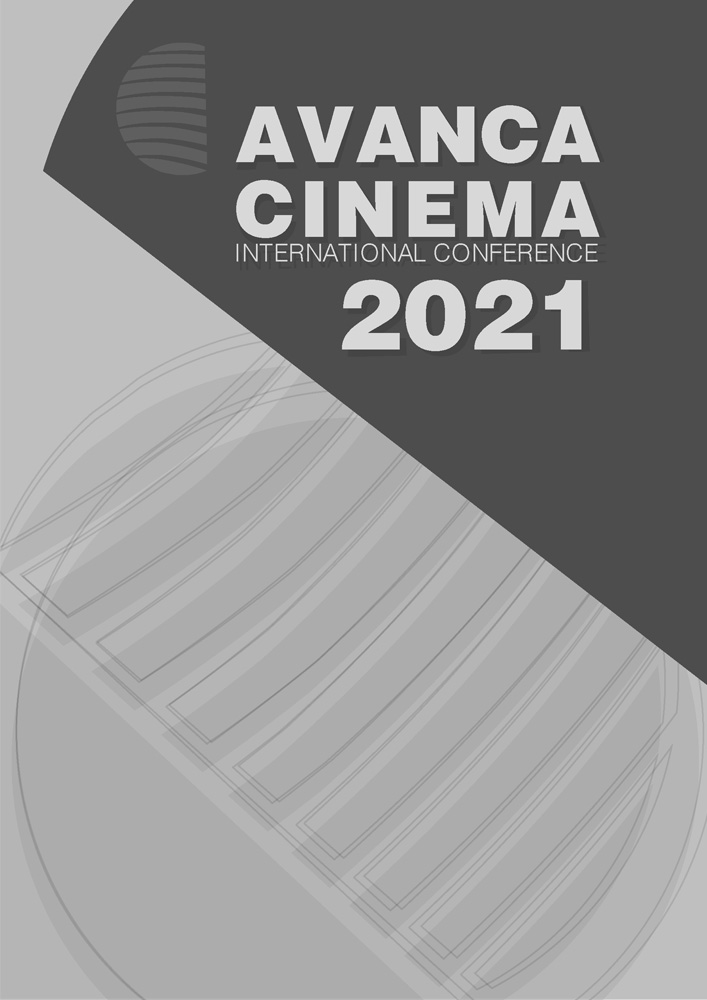Chapitre I _ Cinéma - Art
Ritournelles de la mémoire : autour d’Un grand voyage vers la nuit de Bi Gan
Résumé
“To picture is not to remember,” as Bergson famously puts it in Matter and Memory (1896), since “the image, pure and simple, will not be referred to the past unless it was indeed in the past that I sought it.” Thus, to make a film about memory, to recount cinematically a story of memory, and finally to imagine in (motion) picture what memory might be, isn’t this a paradoxical or even vain undertaking? Such is, however, precisely the task set about by Bi Gan in Long Day’s Journey into Night (2018): if his first feature-length film, Kaili Blues (2015), revolves already around the question of time by deploying — in its famous 41-minute long take — an “abyss of time” where past, present and future intertwine, then with Long Day’s Journey into Night the director seeks moreover to further his quest for a non-chronological time by transposing it to the terrain of memory in yet another long take — this time running more than an hour and in 3D —, infinitely dilated as if becoming a gigantic dream. In this paper, by crisscrossing my reading of the film with the philosophies of time from Bergson (“cone of memory”) to Deleuze (“crystal-image”), I seek to explore the intricate relationships between, on one hand, time and memory and, on the other, cinema and philosophy, so as finally to ask with Bi Gan: no doubt “to picture is not to remember,” but how are we to remember differently if not by picturing — namely through images?

Ce travail est disponible sous la licence Creative Commons Attribution 4.0 International .

